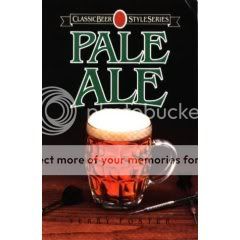Hey everyone,
Is there a book out there on doing Real Cask Ale? Or maybe a website on the basics of actually doing a cask ale (not what it is)?
As I understand it, you go from the Primary to the Secondary (which could be an oak cask with a tap in it) and you just serve it from there while its still fermenting, right?
Thanks in advance for any info.
Is there a book out there on doing Real Cask Ale? Or maybe a website on the basics of actually doing a cask ale (not what it is)?
As I understand it, you go from the Primary to the Secondary (which could be an oak cask with a tap in it) and you just serve it from there while its still fermenting, right?
Thanks in advance for any info.



